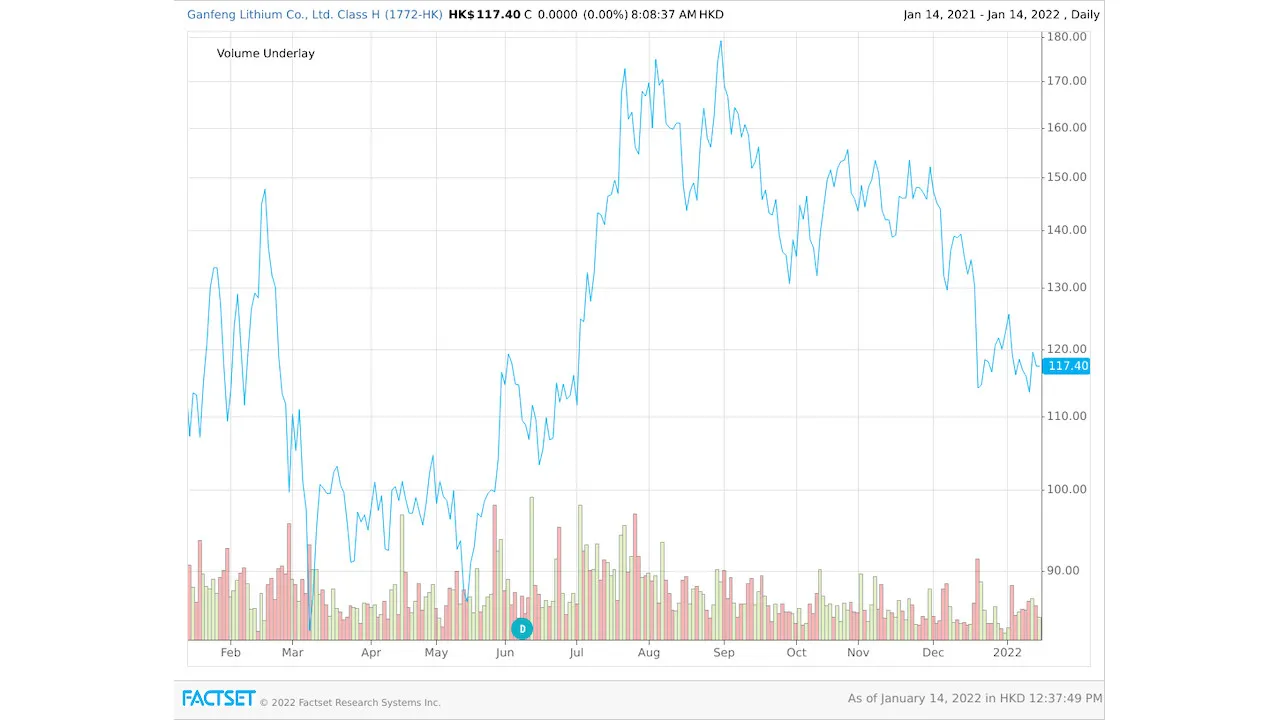What does “11,000 Siemens” mean?
In a way, that’s all you need to know about Kavango Resources’ (LSE:KAV) drilling of the KSZ project in Botswana. In simple terms, a siemens reading represents ‘a unit of electrical conductance.’
Down in the rocks - hundreds of metres down, in fact - there is a geological structure called the B1 Conductor target. And that target returns a high siemens reading when you send an electrical current through it.
In exploration, this isn’t necessarily good. It depends what you’re looking for - mineralisation that occurs in quartz or ultramafic systems returns low siemens readings.
But if you’re looking for precious and base metals contained in sulphide mineral systems – as some of the world’s richest and prolific miners are – then a high siemens reading is a very encouraging sign.
Initially, the B1 Conductor target at KSZ surface surveys returned a siemens reading upwards of 8,000. Given Kavango is still working on proof of concept, this was highly encouraging in itself.
But later work, carried out towards the end of last year, returned readings significantly higher than that.
The siemens dial now tilts past the 11,000 mark, and that’s very high indeed.
In fact, according to a model compiled by Kavango consultant geologist Jeremy Brett, an expert with more than 20 years’ experience exploring the KSZ, 11,000 siemens puts the B1 Conductor firmly in the frame as a potential massive sulphide.
Brett’s model shows that any reading of between 1,000 and 10,000 siemens can be regarded as a “strong conductor”. This signposts a massive sulphide. Anything higher than 10,000, as the latest readings for the KSZ now are, points to something even better: a super-conductive sulphide.

#Kavango–Locating serious mineralisation
Of course, building models using readings derived from electrical current is one thing. Locating actual rocks with serious mineralisation in them is quite another.
Part of the reason for securing the most recent readings was to make sure a drillhole that started before Christmas really was on the right track before everyone broke up.
Contractors began drilling that hole–known as KSZDD002–during the latter part of November. They then halted it at a depth of 350 metres, where a new electromagnetic survey was conducted downhole.
The results were all to the good.
Helped by the greater proximity, the readings came in much higher. A such, the drill crews were able to make small alterations to the planned trajectory of the drillhole suggested by the new and improved data.
It now seems that B1 is somewhat differently-shaped than was previously thought. Its dimensions are now thought to run at around 600 metres by 350 metres rather than the previously modelled 475 metres by 550 metres.
As it stands, the estimated depth at which the conductor will actually be intercepted remains at between 525 metres and 575 metres.
By mining standards at large, these depths don’t represent a real challenge. The sands that cover the target–known as Kalahari cover–admittedly present certain practical difficulties. However, at the same time, the deep cover is one reason why this region still remains open for exploration, where other areas with equally prospective rocks have been opened up and mined out long ago.
Make no mistake–for a junior company, it is a significant commitment to go down to these depths regardless.
And not necessarily to stop, either. Because there’s a very real possibility that further significant mineralisation is located below B1, possibly within altogether different structures.
But one thing at a time.
#Kavango resumes drilling
Drilling at the KSZ is now getting underway again, as was announced on Monday. So, in the scheme of things, it won’t be too long before Kavango has hard data to talk about instead of electrical readings.
What’s that data likely to show?
Well, speculating ahead of time is usually a fool’s errand. After all, they don’t call the drillbit the ‘rotary truth machine’ for nothing.
But if B1 is significantly mineralised, then base metals are likely to be favourite, with a possible precious metals component too. Which base metals? – copper? – nickel?
It’s just too hard to speculate at this stage in any meaningful way.
What is certain, though, is that something is there - 11,000 siemens worth of something. And we’re not far off finding out what.
